https://www.leica-camera.blog/2021/08/30/arriving-in-sydney/
Knox Bertie applies traditional film and darkroom techniques to taking pictures with the Leica Q2 Monochrom
https://www.leica-camera.blog/2021/08/30/arriving-in-sydney/
Knox Bertie applies traditional film and darkroom techniques to taking pictures with the Leica Q2 Monochrom
Danish Siddiqui was with soldiers on the front line of an Afghan Special Forces clash with the Taliban. New reporting, and his final photographs, cast light on his final hours.
via Reuters: https://www.reuters.com/investigates/special-report/afghanistan-conflict-reuters-siddiqui/
Danish Siddiqui was with soldiers on the front line of an Afghan Special Forces clash with the Taliban. New reporting, and his last photographs, cast light on his final hours, on the collapse of the Afghan military, and on the risks faced by journalists who cover conflict.
The 33rd international festival of photojournalism, organised by Visa pour l’Image, has more than 25 exhibitions around the French city. Available to view from 28 August to 26 September
via the Guardian: https://www.theguardian.com/artanddesign/gallery/2021/aug/27/perpignans-festival-of-photojournalism-2021-in-pictures
The 33rd international festival of photojournalism, organised by Visa pour l’Image, has more than 25 exhibitions around the French city. Available to view from 28 August to 26 September
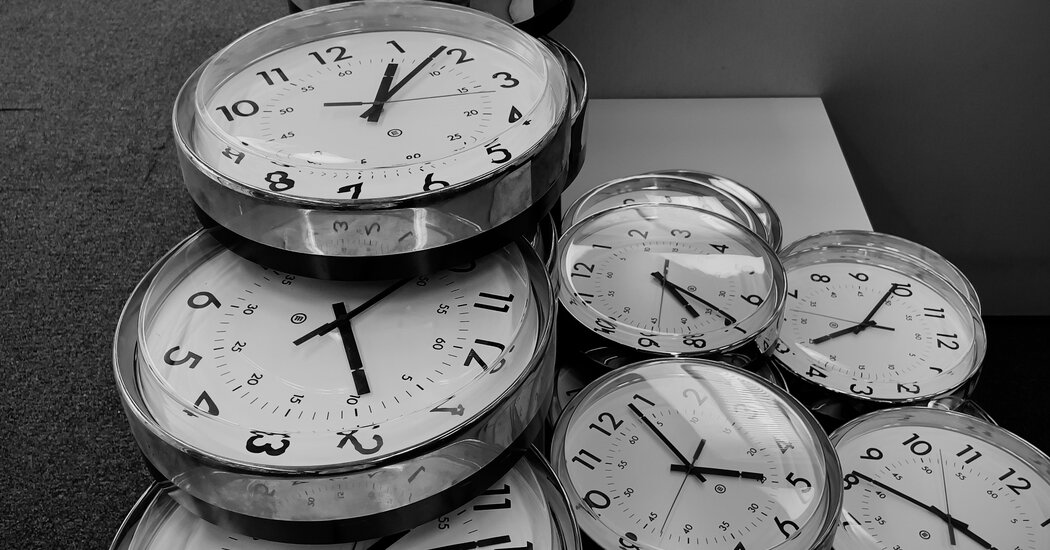
From the shadows, the newsroom beckons, ready to come alive again.
Link: https://www.nytimes.com/2021/08/28/opinion/office-work-from-home-newsroom.html
I first met Kathy Ryan a few years ago when I needed a new picture of myself for The Times. We met on an autumn afternoon in the New York office that’s been headquarters since 2007.
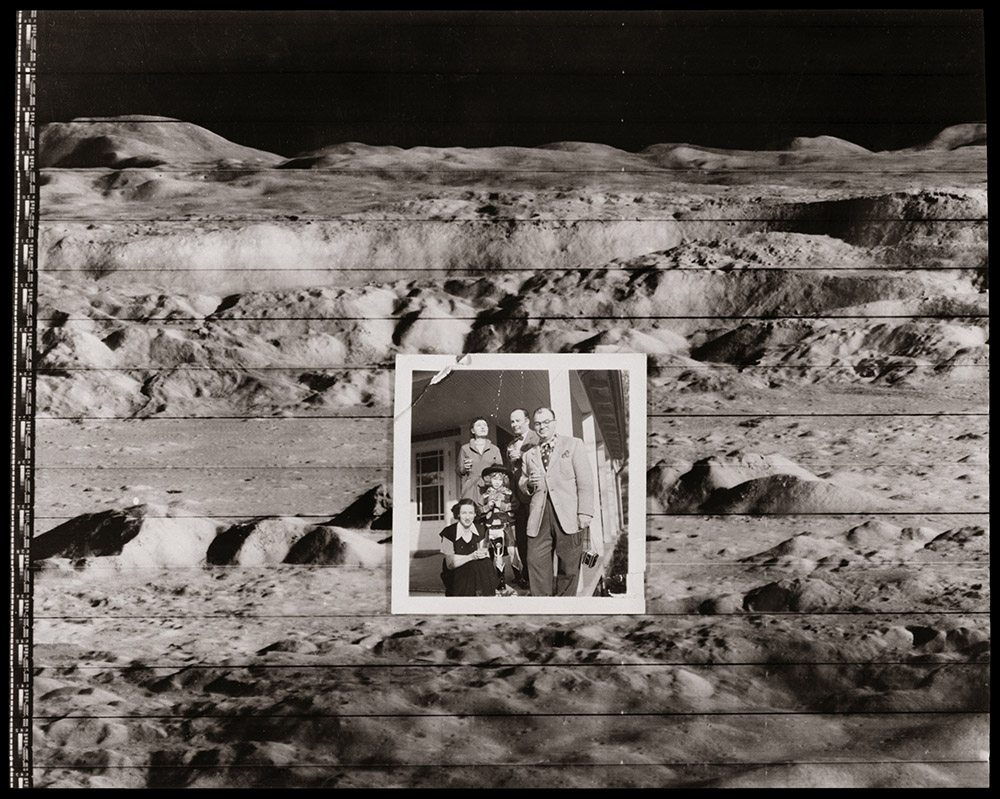
Like so many of us in the Photographers on Photographers series, I was first introduced to my interviewee, Linda Connor, while studying at school; the School of the Museum of Fine Arts, Boston to be exact. Her name kept reappearing in my critiques, as I w
Like so many of us in the Photographers on Photographers series, I was first introduced to my interviewee, Linda Connor, while studying at school; the School of the Museum of Fine Arts, Boston to be exact. Her name kept reappearing in my critiques, as I was troubleshooting how to shoot star trails with my large format camera, or sequencing my images to make a small book. Many of my mentors — Jim Dow, Bill Burke, and Sandra Stark (to name a few of many) — would show her work in class, example her sensitivity to poetic resonance, and remind me that envisioning our connection to the cosmos is not strictly a scientific endeavor but one steeped in a visual language worth exploring.
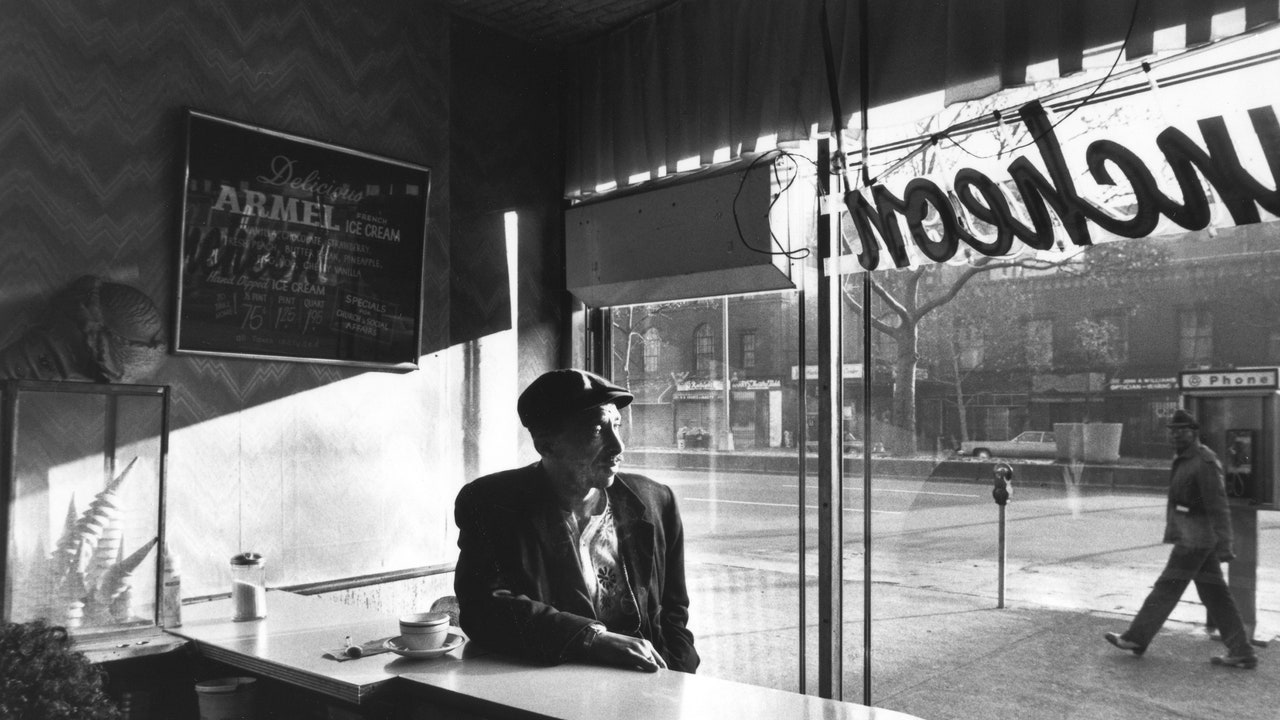
All along the way, his eye is trained on moments of calm, locating an inherent grace, style, and sublime beauty in the Black everyday.
via The New Yorker: https://www.newyorker.com/culture/photo-booth/chester-higginss-life-in-pictures
Hanging in the fourth-floor study of the renowned photojournalist Chester Higgins’s Fort Greene brownstone is a bunch of large dead leaves, fastened to a line in front of a well-stocked bookcase. Higgins grew the leaves in his window boxes, he told me, and he’s been making photographs of them for some time now. It’s a way, he said, to examine how “the spirit” manifests in all natural things.
In her early twenties, the American photographer Mimi Plumb looked back to her Californian childhood to make a series of photographs about suburban yo…
Link: https://www.juxtapoz.com/news/photography/mimi-plumb-the-white-sky-galerie-wouter-van-leeuwen/
In her early twenties, the American photographer Mimi Plumb looked back to her Californian childhood to make a series of photographs about suburban youth. The resulting photographs collected in her book The White Sky and opening in a new exhibition at Galerie Wouter van Leeuwen in Amsterdam build a world in which an unknown trauma hangs heavy in the air, and children rule the roost.
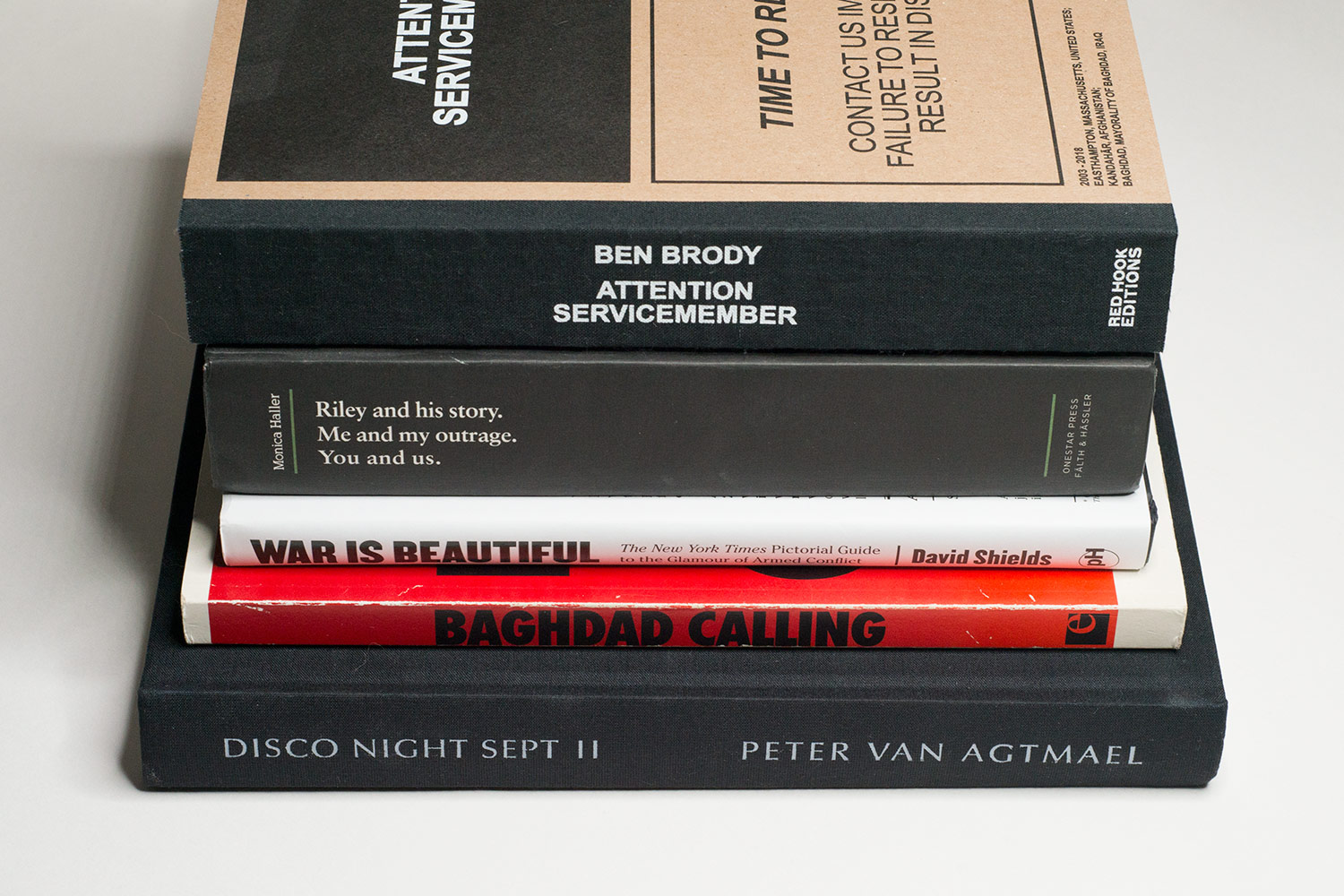
via Conscientious Photography Magazine: https://cphmag.com/enemy-is-us/
The photographers who go out to photograph wars know that the actual experience of being in a war zone cannot be communicated with pictures. The people who look at photographs of war now know very well that war photography also doesn’t do much for or to them. It’s debatable to what extent war photographs have shaped the public discourse.
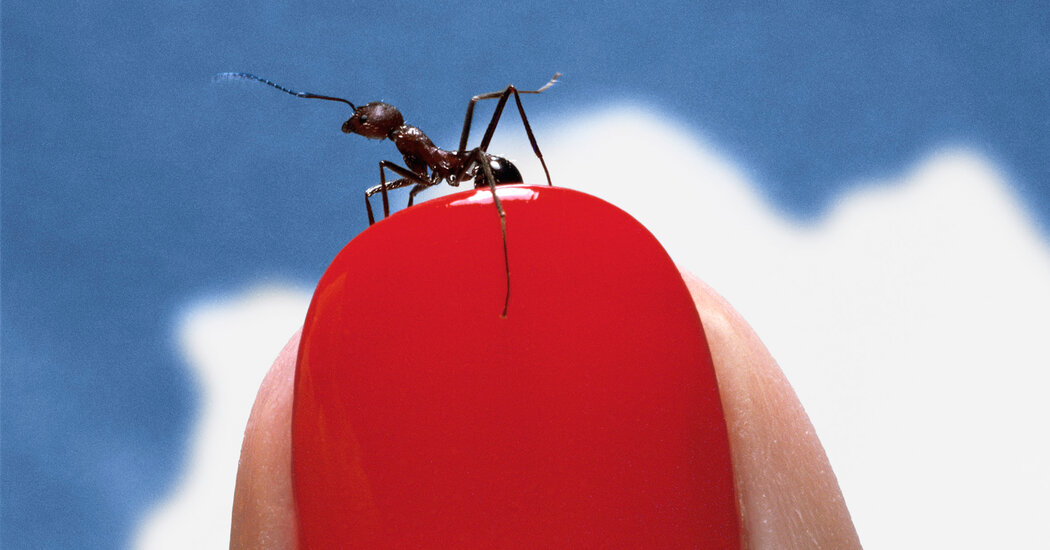
He juxtaposed the mundane and the exotic, transforming ordinary objects into the desirable — an approach he took in his still-life images as well as in fashion.
Link: https://www.nytimes.com/2021/08/18/style/hiro-dead.html
He juxtaposed the mundane and the exotic, transforming ordinary objects into the desirable — an approach he took in his still-life images as well as in fashion.
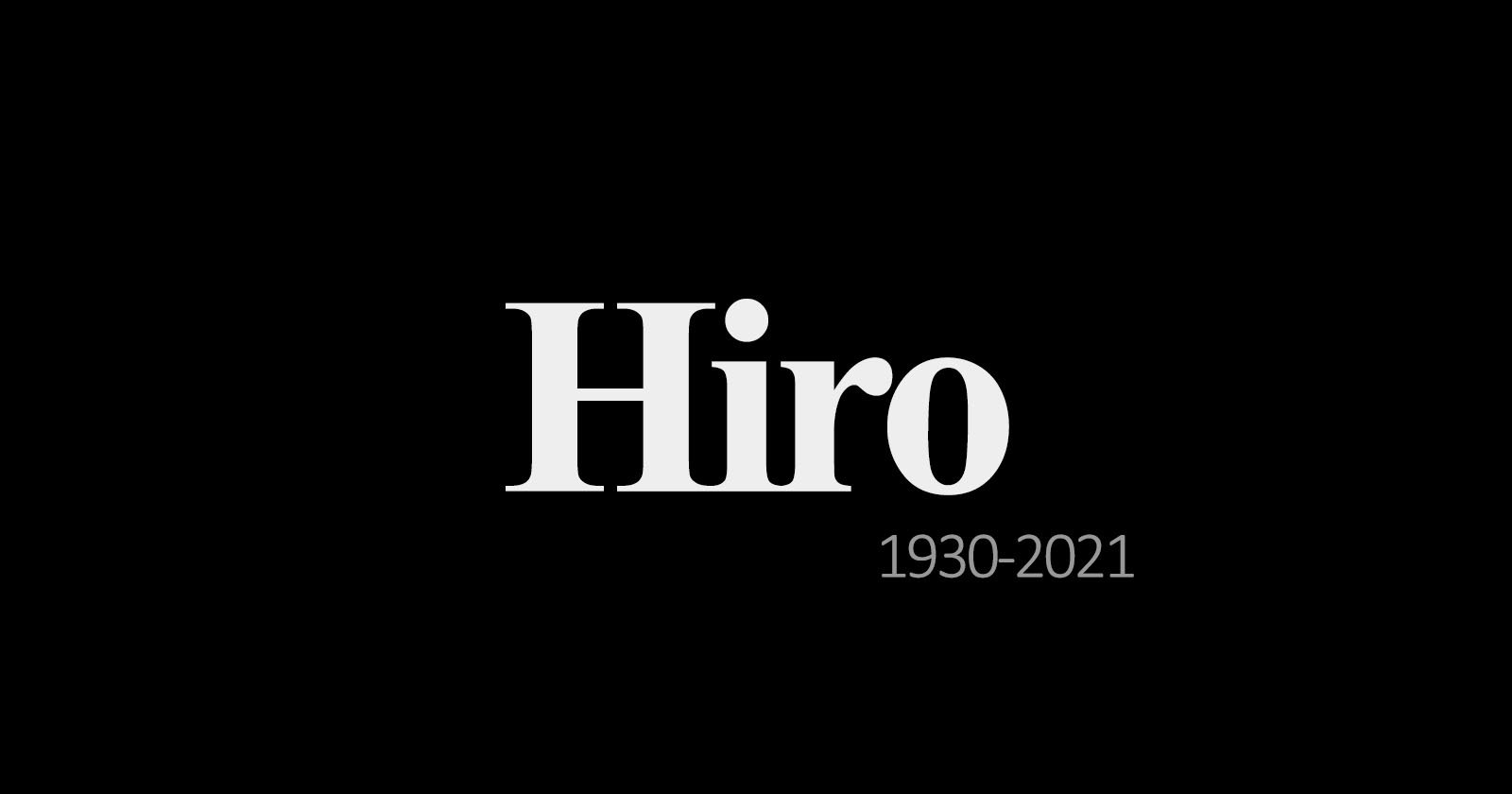
Fashion photography icon Hiro has passed away at the age of 90, leaving behind decades of boundary-breaking imagery.
via PetaPixel: https://petapixel.com/2021/08/19/renowned-fashion-photographer-hiro-passes-away-at-90/
Renowned Japanese American photographer Yasuhiro Wakabayashi, professionally known as Hiro, has passed away at the age of 90. He was best known for his successful editorial and commercial fashion photography career as well as his unique style that has been imitated by many.
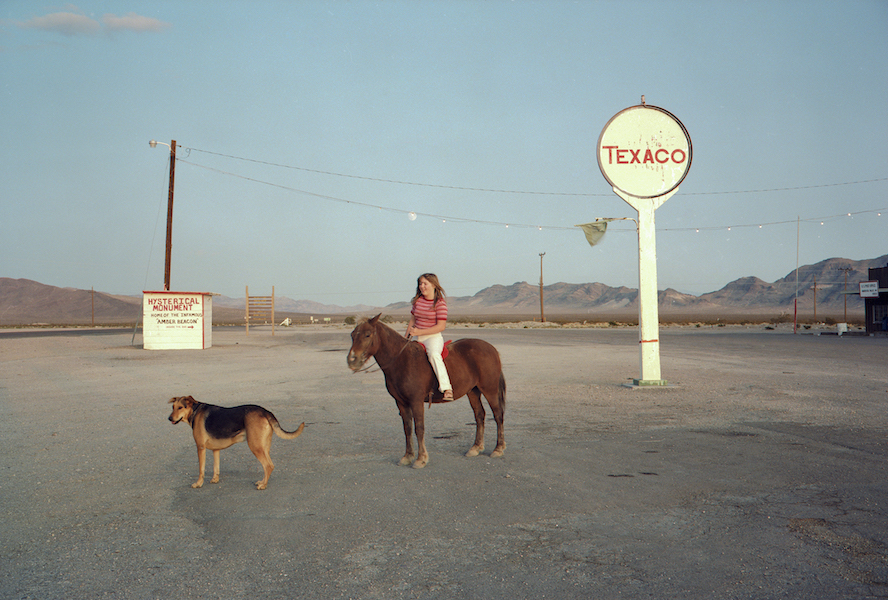
A special memorial exhibition for Ingeborg Gerdes traces the photographer’s fascination with the American West, which started with a road trip to Nevada in 1982 and became a decade-long project.
via Huck Magazine: https://www.huckmag.com/art-and-culture/a-photographers-heartfelt-vision-of-the-american-west/
A special memorial exhibition for Ingeborg Gerdes traces the photographer’s fascination with the American West, which started with a road trip to Nevada in 1982 and became a decade-long project.
For more than 20 years, from the start of the Soviet-Afghan War through the rise of the Taliban and their control of the country, Edward Grazda photographed Afghanistan. The photographs he made show an Afghanistan going through great changes, and mirror w
For more than 20 years, from the start of the Soviet-Afghan War through the rise of the Taliban and their control of the country, Edward Grazda photographed Afghanistan. The photographs he made show an Afghanistan going through great changes, and mirror what is going on in the country today.
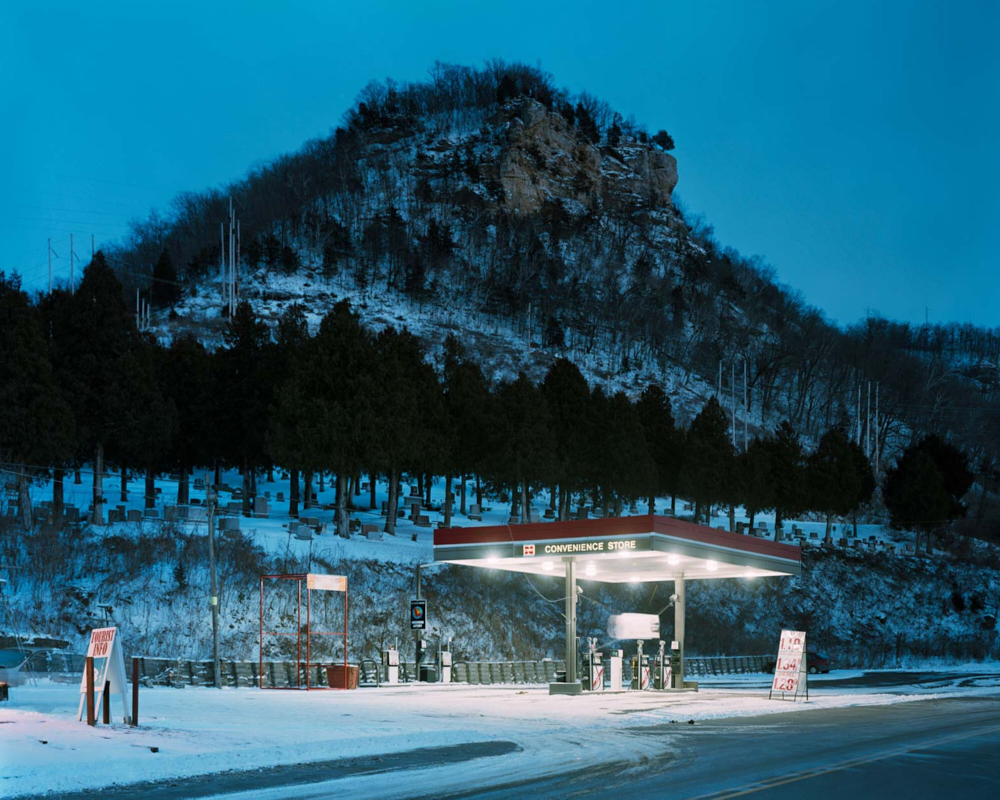
I learned about Alec Soth’s work right when I was starting my sophomore year in college when I was studying photography. A professor showed me his work for the first time through a photobook (A small version of Sleeping by the Mississippi contained inside
I learned about Alec Soth’s work right when I was starting my sophomore year in college when I was studying photography. A professor showed me his work for the first time through a photobook (A small version of Sleeping by the Mississippi contained inside the Gathered Leaves compilation).
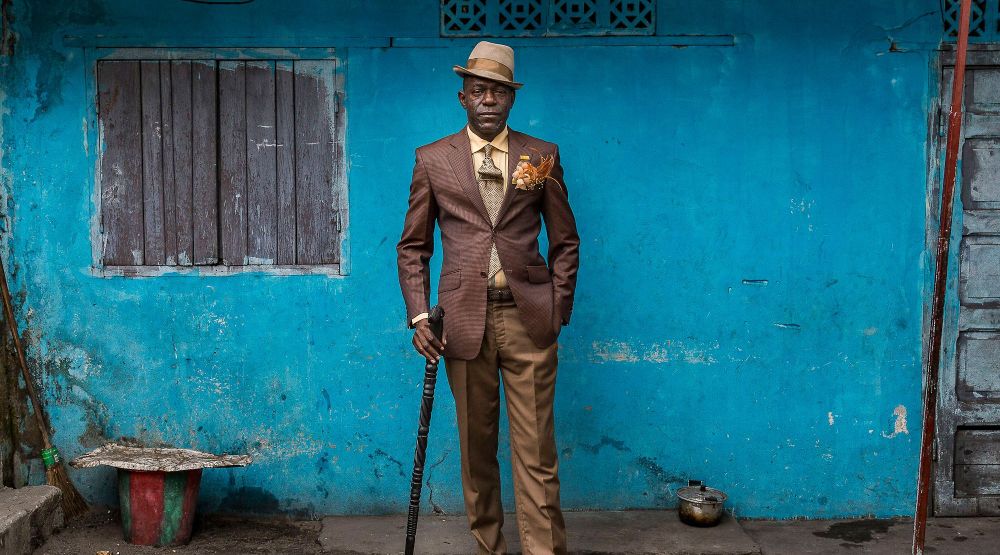
In the Republic of the Congo, stylish individuals piece together vibrant and sophisticated outfits that function as a form of colonial resistance, social activism and peaceful protest
via LensCulture: https://www.lensculture.com/articles/tariq-zaidi-the-sapeurs-of-brazzaville
In the Republic of the Congo, stylish individuals piece together vibrant and sophisticated outfits that function as a form of colonial resistance, social activism and peaceful protest.
https://www.leica-camera.blog/2021/08/16/mapuche/
With riveting black and white images, Pablo Ernesto Piovano tells the story of the resistance fight of an indigenous group of people in the Andes.
The latest book published by Louis Vuitton, Villes du monde [Cities of the World], takes readers on a trip around the world through 225 photographs of 30 different cities.
Link: https://www.blind-magazine.com/en/news/1426/The-City-In-All-Its-Facets
The latest book published by Louis Vuitton, Villes du monde [Cities on Earth], takes readers on a trip around the world through 225 photographs of 30 different cities.
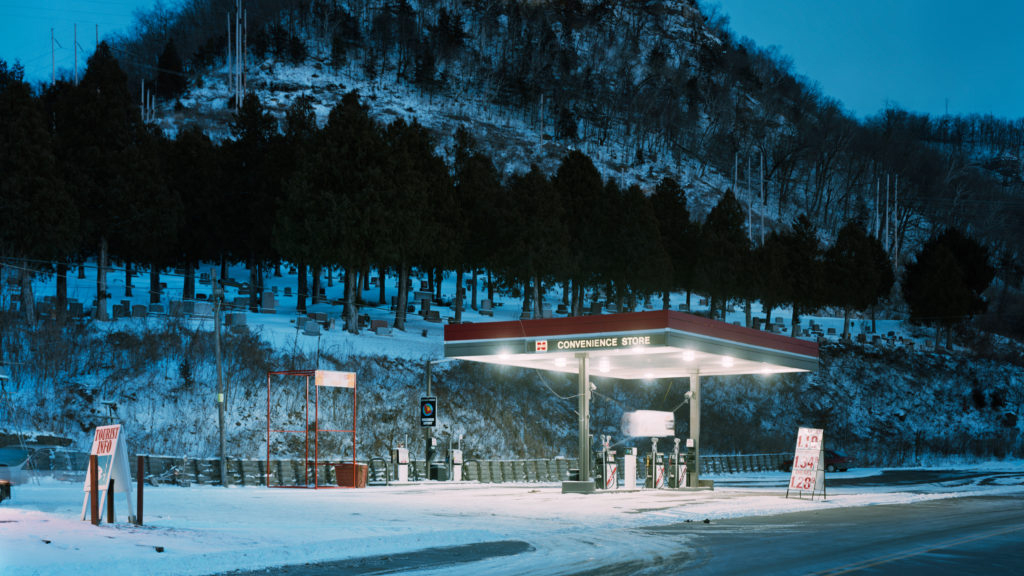
In an eloquent new photobook, Sandra S. Phillips considers how photographers envision the intertwined histories of land use, colonialism, and the built environment.
via Aperture: https://aperture.org/editorial/a-sweeping-look-at-american-landscape-photography/
When Sandra S. Phillips was named curator emerita of photography at the San Francisco Museum of Modern Art in 2016, after three very busy decades leading the department, she had no intention of slowing down. In fact, she was actively at work on what fairly can be called the most ambitious project of her career to date: American Geography: Photographs of Land Use from 1840 to the Present, an exhibition scheduled to appear at SFMOMA in 2020. Lamentably, the exhibition itself was a casualty of the coronavirus pandemic, but the accompanying publication—much more than a catalogue—was published earlier this year by Radius Books in Santa Fe.

Scouring markets for discarded photo albums, Pariwat Anantachina’s intricate collages patchwork old family snaps with instruction manuals, breathing new life into abandoned pictures
via LensCulture: https://www.lensculture.com/articles/pariwat-anantachina-the-l_st-album
Scouring markets for discarded photo albums, Pariwat Anantachina’s intricate collages patchwork old family snaps with instruction manuals, breathing new life into abandoned pictures.

A book forms a disturbing, diverse account of a very turbulent year.
via Hyperallergic: https://hyperallergic.com/663256/2020-year-like-no-other-captured-in-magnum-photos/
Magnum 2020 revisits the uncertainties and upheavals of last year through 60 photographers around the world.
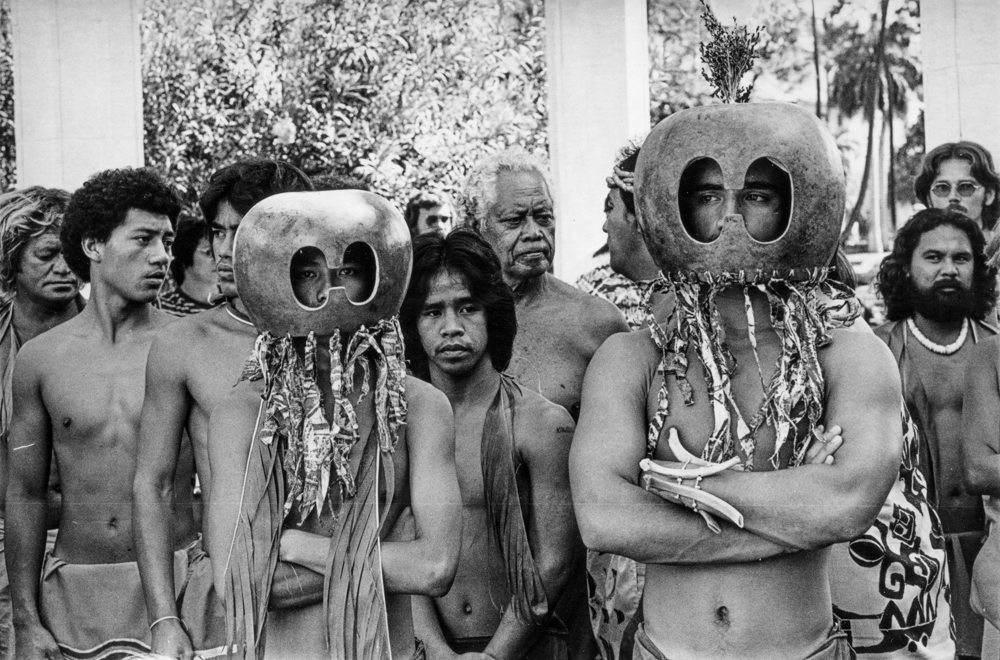
For most people, the mention of Hawai’i evokes images of white sandy beaches, grass-skirt hula dancers, and tropical flora. And while one certainly can experience these things with a trip to the islands, you will find none of these in the photographs of E
For most people, the mention of Hawai’i evokes images of white sandy beaches, grass-skirt hula dancers, and tropical flora. And while one certainly can experience these things with a trip to the islands, you will find none of these in the photographs of Ed Greevy. Instead, what you will experience is an examination of a land and its native peoples riddled with a history of violence, oppression, and exploitation. Greevy first came to Hawaiʻi in 1960, the year after its status change from US territory to the 50th state. Drawn here by the desire to surf, Ed quickly realized that the simple act of riding waves could not escape the upcoming struggles for land brought about by US statehood. Finding himself in the middle of rapid urban development and a transition from an agricultural to a tourism-driven economy, Greevy focused his camera on those most affected by these desires, Native Hawaiians and their land. The result is thousands of photographs spanning over three decades, illuminating the most pressing social and political issue of the times. Images of demonstrations opposing evictions of Kalama valley and Sand Island residents, military occupation of Mākua valley and Kahoʻolawe, and marches commemorating the 100th anniversary of the overthrow of the Hawaiian monarchy are all fixed into negatives of Ed Greevy; ready to view for those who are willing to observe. I first discovered Greevy’s photographs during my undergraduate studies at the University of Hawaiʻi at Mānoa.